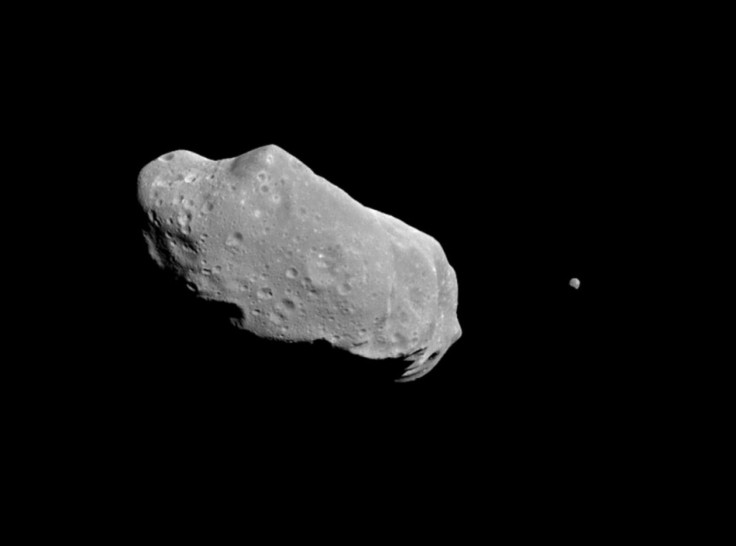NASA Gives New Funding to Asteroid Search Program

The search for potentially dangerous asteroids will continue through 2015 after federal funders agreed to give the NASA-funded Catalina Sky Survey, a $4.1 million funding boost, researchers announced .
The survey uses two telescopes run by the University of Arizona to scan the sky for objects that enter a collision course with Earth. The new funds will be used to upgrade the program's telescopes - something researchers said is sorely needed.
When we began observing in 2000, our image sensor was 16 megapixels, which was large by any standard, Steve Larson, a Catalina Sky Survey researcher and senior staff scientist at University of Arizona, said in a statement. Today, commonly available consumer digital cameras have surpassed that size, and we were reaching the limit of productivity with our current camera design.
The new telescopes will quadruple the amount of sky the telescopes cover each month.
The asteroid watchers also plan to use the new money to develop more sensitive software and conduct more searches.
The Catalina Sky Survey uses two telescopes to take images of a selected part of the sky roughly 10 minutes apart, according to a press release. A computer program then scrutinizes the images to identify objects moving in a straight line. If the object qualifies as a near-Earth object (NEO), an object whose trajectory will bring it close to Earth, the survey reports it to the Smithsonian Institution in Washington, D.C.
The survey discovered 586 near-Earth asteroids in 2011, 65 percent of all NEOs discovered according to Space.com.
NASA has recognized that over the last seven years, our program has constantly strived to improve its performance, and has collaborated with others to find new ways to exploit the nearly 1,000 images we take every night with our two telescopes in the mountains north of Tucson, Edward Beshore, principal investigator of the Catalina Sky Survey, said in a statement. I think NASA recognizes the CSS as a valuable service to, well, humanity.
Congress mandated the Spaceguard Survey, which the Catalina Sky Survey is a part of, in 1998. The Spaceguard Survey required 90 percent of NEO's over 1 km in diameter to be found by 2008. As of 2011, researchers found 911 NEO's through the Spaceguard program and expect 70 more objects will be found, according to NASA.
NASA tracks every NEO that has a chance of colliding with Earth in the next 100 years. The asteroid 2012 DA14 currently has the greatest chance of impacting Earth, possibly crashing down on Feb. 16, 2020, according to NASA. The chance of it hitting, however, is very slim.
© Copyright IBTimes 2024. All rights reserved.





















